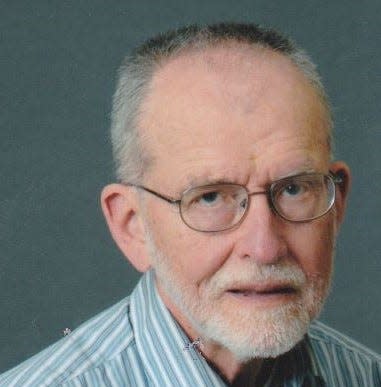'Location, location, location' and solar energy

It is often said that the three most important things about real estate are "location, location and location." Location is also critically important for solar energy.
For people considering putting solar panels on their roof, for example, their house's location and directional orientation are among the factors that determine whether it is a good idea.
Renters and those with houses not suitable for photovoltaic panels could look into "community solar."
Putting solar panels on the roof never occurred to us when we bought our house in 2001. It probably would not have been a good investment then. But the cost of PV panels has dropped sharply since 2001.
We just plain lucked out, buying a house where PV panels would make sense when they got cheap enough.
Solar panels obviously cannot generate electricity when the sun is not shining on them. Although there are big trees nearby, they don't shade our roof during most of the day. This is important because when some parts of panels are shaded, even the unshaded parts are unable to generate much electricity.
We also just happened to pick a house where the roof faced in the right direction to take full advantage of sunlight.
Also, our electric company credits us for electricity that we produce above what we are currently using and gives us back an equal amount of electricity when our needs exceed what we are generating. Not all utilities are this generous.
This is important for us, because we generate more power in the summer, when our usage is low, than in the winter when our heat pump drives up our need at the same time as our PV panels are generating much less electricity.
At any one location the sun is only in the sky for part of each day. Even when it is up and weather is good it is not always at a good location in the sky to generate much electricity. PV panels generate maximum electricity in the middle of the day when the sun is as close as possible to straight overhead, very little in the early morning or late afternoon.
This means that enough locally generated solar energy may not be available at certain hours of the daytime, let alone after sundown. Sometimes people can get around this by installing enough storage batteries to get them through the night.
But depending on terms available from their local electric utility, it can make more sense to use the utility as if it were a storage battery, which is what we are doing. They get our extra electricity and we get it back when we need it.
Using the electric company as our "battery" has the advantage that it also handles the summer-winter differential, which at our latitude is large. Our PV panels produce only one-fifth as much monthly electricity mid-winter as they do in the summer. Batteries are just far too expensive to store enough electricity to get us through a whole winter.
The local intermittency of solar energy will become more of a challenge as electric companies themselves become more and more reliant on solar energy, since they too will be unable to store enough during the summers to get themselves and their customers through winter down-times.
The large seasonal variation in locally produced solar energy makes location absolutely critical, and it is why connecting the entire planet into a single electrical grid will be so important. This grid will rid us of the need to produce all of the electricity we need locally.
The worldwide grid will greatly reduce today's huge importance of location.
Location will still be important, but the worldwide grid will connect consumers and producers of electricity in all locations to each other, making solar's local intermittency a manageable problem.
— Paul F. deLespinasse is professor emeritus of political science and computer science at Adrian College. He can be reached at pdeles@proaxis.com.
This article originally appeared on The Daily Telegram: Paul delespinasse: 'Location, location, location' and solar energy
